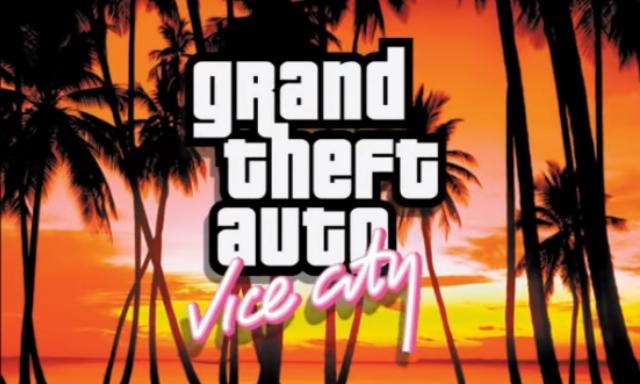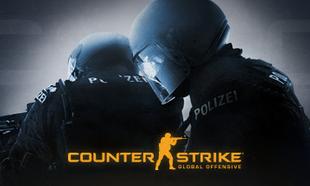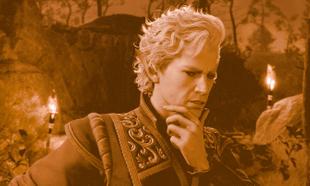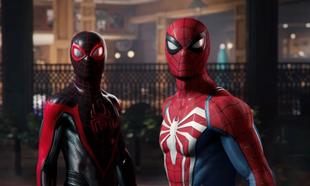Each week, The Replay takes a classic game from the '80s, '90s and '00s and examines them in greater detail, exploring their impact, contemporary reviews, and why we're still playing them to this day. First up is 2002's 'Grand Theft Auto: Vice City'...
Be honest - can you remember any particular mission or radio station from 'Grand Theft Auto 3' without thinking too hard? Probably not. 'Grand Theft Auto: Vice City' doesn't have that problem, and while you might attribute that to its pastiche of 'Miami Vice' or 'Scarface', it's really because the game was actually far more involved in making itself memorable. A lot of this comes down to a player's individual experience of it, but they're all reasonably familiar.
For example, it might be cruising down the beach in a low-rider with Emotion 98.3 blaring out Jan Hammer's 'Crockett's Theme' as you take a corner and plough some poor NPC out of it. It could be racing through the streets on a PCJ600, firing off the Uzi at the police as Slayer's 'Raining Blood' roars through its chorus. The neon-soaked alleyways and the general vibe of 'Vice City' was made real and given a sense of place by its music.
Intriguingly, it wasn't always going to be the case with 'Vice City'. In fact, Sam Houser - the game's writer - spoke frankly to Edge Magazine in 2012 about his doubts with the radio stations. "The first time I played the game with the music, when I was over at (Rockstar) North, I was like, “Whoah”. I had a weird reaction," Houser explained.
"It felt like crossing a line between the reality and the fiction and all this sort of stuff, and I was like, “I don’t quite know how this is going to work out”. And that span me out for months. Fortunately there was the strength of some of my colleagues, who were like, “It’s hot as hell – what are you talking about? It’s amazing”. Because I was the one who dragged everybody down that path, I had a tremendous feeling that my neck was on the line with all the people I looked up to."
Yet, for all of Houser's misgivings, it's impossible to think of 'Vice City' now and not immediately associate it with the music. Moreover, you could feasibly argue that it's not the same without it. As much as any era is defined by its music, the '80s setting in 'Vice City' made it simply a must. After all, much of what made 'Grand Theft Auto 3' unique from 'Vice City' was a mere expansion of features like motorcycles, helicopters and costume changes. The game began development just a month after 'Grand Theft Auto 3' was released, and utilised the same architecture and features of it. The rest of it was about creating the atmosphere.
More so than any other game before or since, 'Vice City' aimed itself directly as an actual movie - and the voice cast assembled did the work. Names like Dennis Hopper, Ray Liotta, Burt Reynolds, Gary Busey, Danny Trejo and Tom Sizemore were hired to voice characters, with some 8,000 lines of dialogue recorded for the game. 90 minutes of cutscenes were developed. 113 songs were licensed for use. Houser, again in his interview with Edge in 2012, spoke about how director Michael Mann was an influence on the game.
"Just in terms of music alone, when you look at the tracks that 'Miami Vice' used, it’s an amazing list, and Michael Mann would create these miniature pop videos in every show which would be montages," Houser said. "Also, Michael Mann’s use of colour and light is wonderful. Miami is such a beautiful place anyway, so the light is gorgeous, but his use of night lighting made it so glossy and sexy."
While the graphics may be dated, and some of the features are undoubtedly clunky by today's standards, the attitude and the vibrancy of 'Vice City' still remains. It's every bit as enjoyable to pick up play then as it was now.










































































